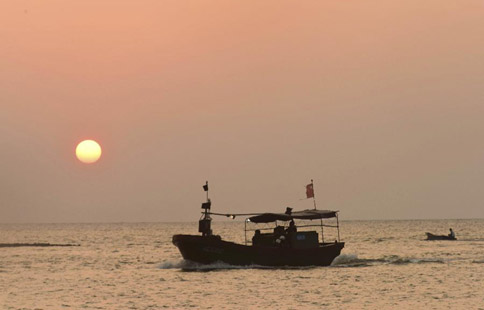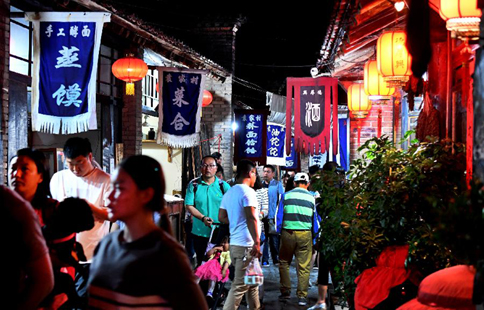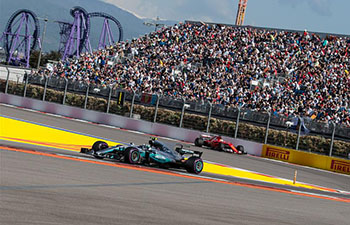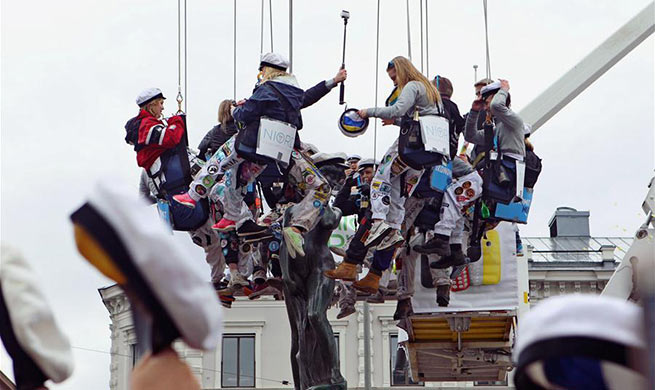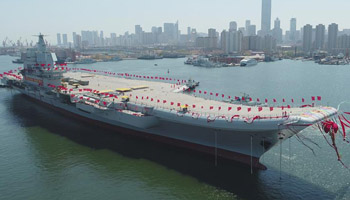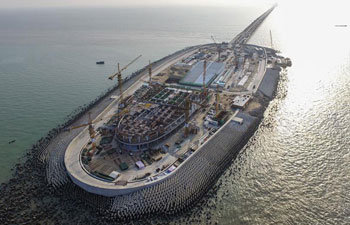SETTLED LIFE OF HERDERS
Great changes have taken place on the prairie since Inner Mongolia became the country's first autonomous region in 1947. Most herders have settled down and lived a better life.
Burenjargal, a herder on the outskirts of Xilinhot city, moved to a new house three years ago. With a TV set, tap water, a flush toilet and a gas stove, his family life is almost no different from those in the cities.
"Motorcycles were quite popular among herders for some time. But now, horse-riding has returned," he said."It looks elegant and gives physical exercise."
Burenjargal loved horse-riding in his childhood and has 60 horses and 10 cattle on his grassland. Last year, his revenue from selling horses and mare's milk, and tourism, reached 200,000 yuan (29,000 U.S.dollars).
The area of grassland in Xilingol accounts for a quarter of the total in the region. To prevent overgrazing, in recent years the government has subsidized herders who raise livestock in sustainable fashion.
"The old grazing model could not be sustained any more. We must protect the grasslands where we live," said Hasbater, an elderly herder who lives in a degraded grassland area in Xilingol.
"Without the prairies, Xilingol would lose its color," said Luo Huzai, Communist Party chief of Xilingol League. "We must keep the three bottom lines: ethnic unity, border stability and a good environment."
Herders and farmers now flock to the towns. The region's urbanization rate for its permanent population rose from 55.5 percent in 2011 to 60.3 percent in 2015, or about 200,000 people moving into cities each year.
"More and more Mongolian people are moving to cities. The herders from the grasslands live a more comfortable life after settlement," Gombzarb said.
NEW ERA OF PROSPERITY
Inner Mongolia covers an area of 1.18 million sq km, or about 12 percent of the country's land area. The Mongolian population is 4.6 million, nearly one-fifth of the region's total.
Over the past seven decades, the region's economy has expanded from 537 million yuan to 1.86 trillion yuan, ranking first among the country's five autonomous regions. Its foreign trade volume increased from 11 million dollars to 11.7 billion dollars over the same period.
Trade and cultural exchange were boosted by the ancient Silk Road routes during the era of Genghis Khan and the Yuan Dynasty. In recent years, the sharply increasing China-European freight trains traveling via Erenhot and Manzhouli ports in Inner Mongolia have invigorated the grassland Silk Road.
A daily average of three freight trains pass Manzhouli Port, China's largest land pass, making up about 70 percent of China-Russia freight trade. The port is the busiest in China in terms of cross-border freight trains.
Last year, 1,036 inbound and outbound freight trains went through Manzhouli Port, an increase of 88 percent year on year, carrying goods worth 3.6 billion dollars, according to Manzhouli Customs.
"As a key hub along the grassland Silk Road, Manzhouli will continue to play a leading role in the region's opening-up," said Gao Wenhe, vice mayor of the city.
Sun Yulong is a Mongolian entrepreneur who opened a Russian food company in Manzhouli, in cooperation with a Russian firm in 2015. "I plan to build another plant in the Manzhouli free trade zone to produce more Russian-style food for Chinese consumers," he said.




